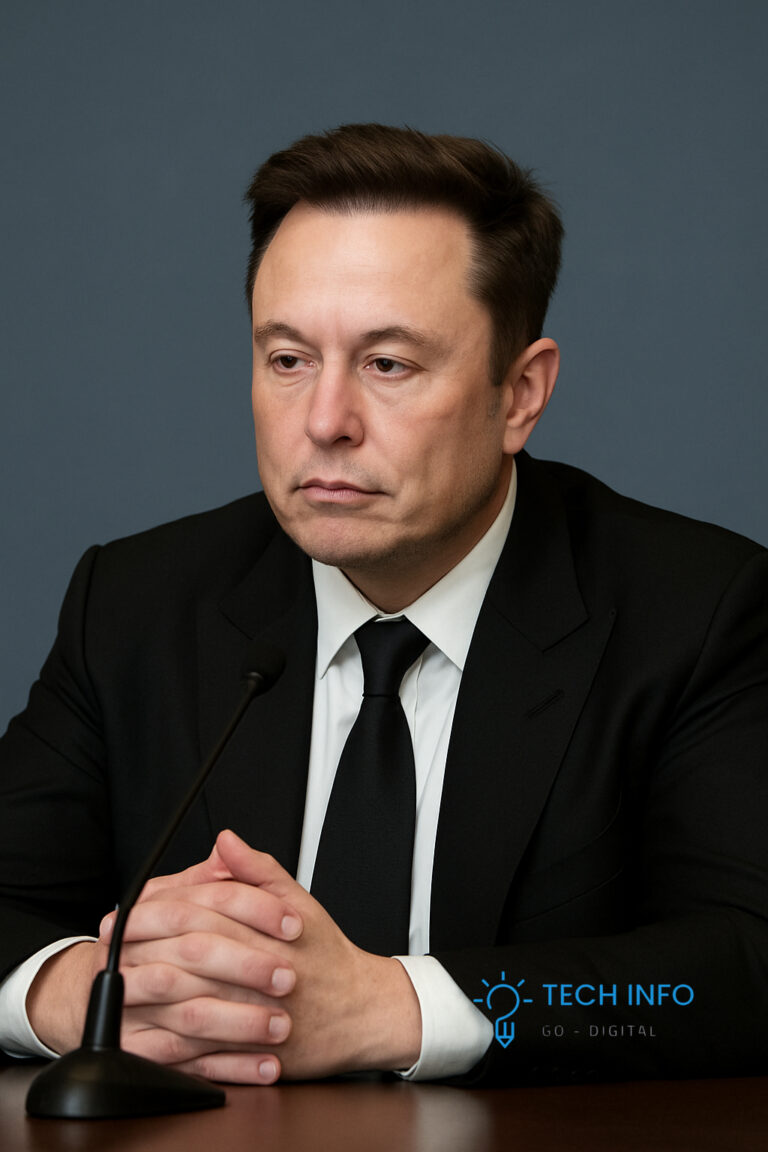Table of Contents
ToggleDiluted Dreams: The Truth Behind Musk’s $1 Trillion Pay Package
From bold promises to diluted deliverables — Elon Musk’s newly proposed $1 trillion compensation package may sound audacious, but scratch the surface and it’s more of a retreat than a leap.
Elon Musk has always sold the future. It’s his core product. We’ve bought into visions of cities connected by underground hyperloops, a human colony on Mars, and a world where every car drives itself. At Tesla, this futurism has been the rocket fuel for its stratospheric valuation. But what happens when the visionary starts trading moonshots for mile markers?
In early September 2025, Tesla’s board presented shareholders with a answer: a staggering, almost unimaginable $1 trillion pay package for its CEO. The headlines screamed of ambition and audacity. But a closer look reveals a different story. This isn’t a contract for building the future; it’s a document that quietly waters down Musk’s own broken promises, repackaging them as ambitious new goals.
The Megabucks Package: What’s Actually on the Table?
First, let’s dissect the deal itself. The proposed 10-year compensation plan is tied to 12 pairs of staggering performance milestones. To unlock the full $1 trillion, Musk must guide Tesla to a market valuation of $8.5 trillion and generate $400 billion in EBITDA by 2035.
The operational targets are the stuff of science fiction:
- 20 million total vehicle deliveries.
- 1 million operational robotaxis on the road.
- 1 million Optimus humanoid robots deployed.
- A fully functional, scalable Autonomous Driving AI.
It’s a package that frames Musk not just as a car company CEO, but as the architect of a new technological era. The shareholder vote is set for November 2025, and the board is pitching it as essential to keeping Musk’s interests aligned with Tesla’s most ambitious phase yet. On the surface, it’s a bet on unparalleled growth. But the devil, as always, is in the details—and the timelines.
The Great Dilution: From Moonshot to Modest
Here’s where the irony cuts deep. This “audacious” new plan is actually a significant walk-back of Musk’s own previous rhetoric.
Let’s take the most concrete example: vehicle production. For years, Musk has touted a target of producing 20 million vehicles annually by 2030. This wasn’t a whispered aspiration; it was a cornerstone of Tesla’s growth narrative, repeated to investors and fans alike. The new pay package? It aims for 20 million vehicles in total delivered by 2035.
Let that sink in. The old promise was 20 million per year. The new, “groundbreaking” goal is 20 million total over a decade. This isn’t a minor calibration; it’s a fundamental reset of expectations, dressed up as a stretch goal.
The same softening applies to the robotaxi dream. Musk famously declared that every new Tesla was a “appreciating asset” that would one day earn its owner money by functioning as a fully autonomous robotaxi. The new target? Just 1 million robotaxis. While a million self-driving cars is still a formidable challenge, it’s a far cry from the promise of a global, multi-million-strong network. It’s a dilution from a universal reality to a niche fleet.
This pattern suggests a board—and a CEO—that is consciously replacing fiery, often-missed prophecies with something more defensible. It’s a shift from visionary to pragmatic. But when pragmatism is packaged as world-changing ambition, it starts to smell an awful lot like clever spin.
Governance and the Grab for Control
Beyond the watered-down metrics, the package raises profound governance concerns that shareholders must consider. Critics have rightly pointed out that the scale itself is historically unprecedented, but the mechanics are even more telling.
A crucial detail is that the deal allows Musk to gain immediate voting power over the restricted stock awards before he actually hits the performance benchmarks. While his economic ownership is contingent on success, his voting influence is not, further consolidating his control over the company from day one.
This is paired with concerning bylaw changes that limit small investors’ ability to bring lawsuits against the company and its directors. Together, these moves don’t just incentivize performance; they systematically insulate Musk and the board from accountability. It’s a package that offers him immense power upfront in exchange for goals that are, by his own past standards, less ambitious.
Rewarding Innovation or Rewarding Retreat?
So, what are we to make of this $1 trillion paradox? Is it a reward for innovation, or a reward for retreat?
There’s a pragmatic argument to be made: after the legal battles over his previous pay package and the repeated delays on Full Self-Driving and other technologies, perhaps Tesla needs a dose of realism. Perhaps achievable goals are better than broken promises. There’s merit in that.
But that’s not how this is being sold. This is being presented as the ultimate bet on a hyper-growth future. The dissonance is jarring. The board is asking shareholders to approve the largest compensation package in human history for goals that represent a scaled-down version of the CEO’s own original vision.
The question for shareholders voting in November isn’t just whether they believe in Elon Musk. It’s whether they believe in this specific, diluted version of his dream. Are they paying a trillion dollars for the bold, world-changing ambition they were originally sold? Or are they paying a trillion dollars for a more modest, more manageable plan that simply looks bold compared to everything else?
In the end, Musk’s new pay package is a masterpiece of rebranding. It takes goals that would be ambitious for any other company on Earth but are a step back for Tesla, wraps them in a trillion-dollar price tag, and hopes we won’t notice the difference. The grand promises of yesterday have been broken down, watered down, and are now being cashed in.





